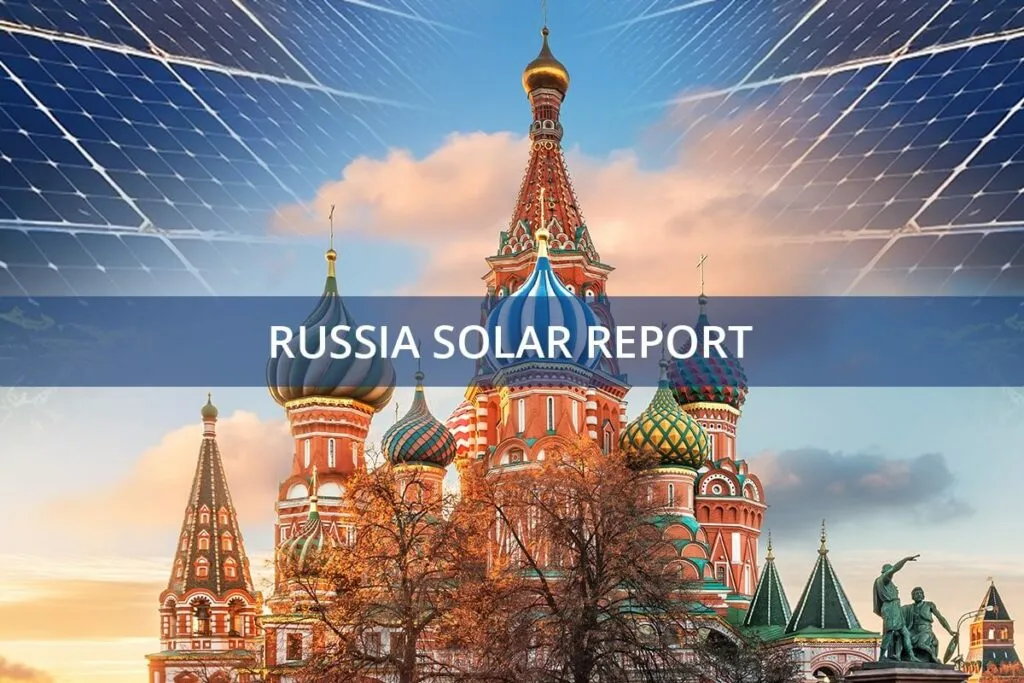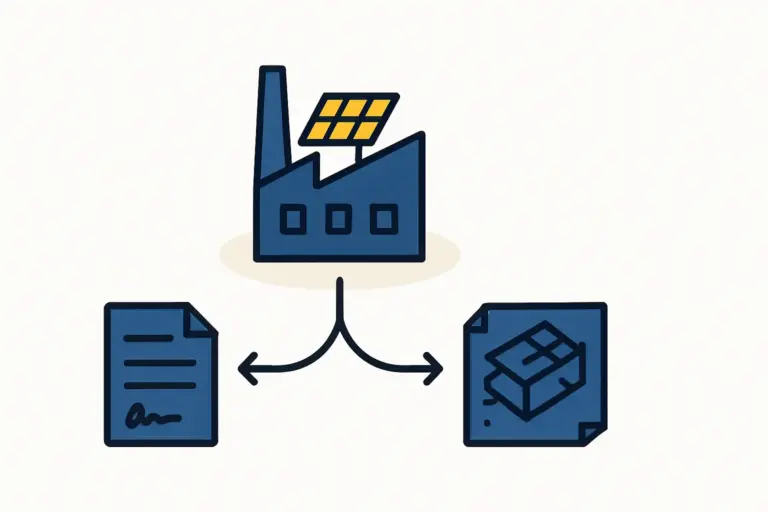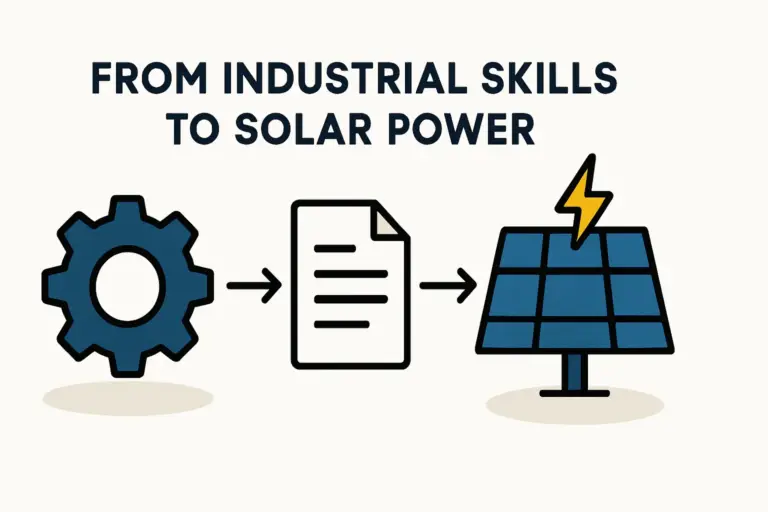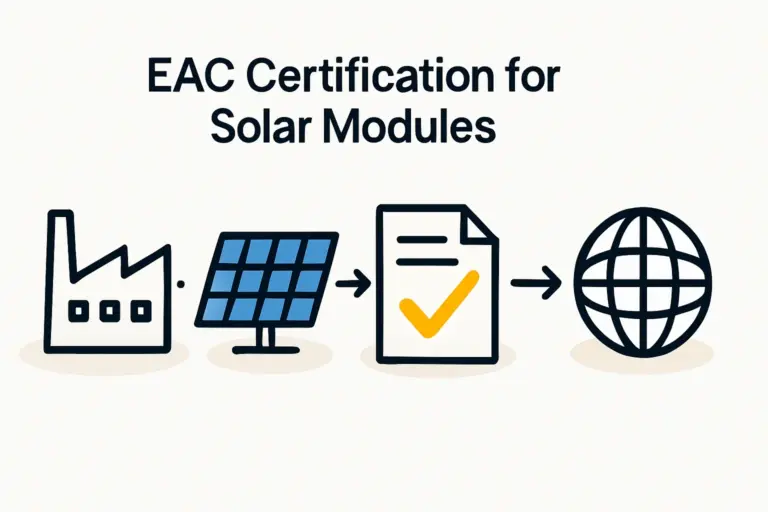Starting a solar module manufacturing plant is a capital-intensive endeavor. For entrepreneurs and investors, the initial outlay for machinery, construction, and raw materials presents a significant financial hurdle.
However, certain government frameworks can fundamentally change the calculus, turning a high-risk venture into a strategically sound investment. Among the most powerful yet often overlooked of these mechanisms is the Special Economic Zone (SEZ).
In Russia, SEZs offer a suite of financial incentives designed to attract high-tech and industrial projects, including solar manufacturing. Understanding how to leverage these benefits can be the deciding factor in a new solar factory’s financial viability and long-term success. This guide offers a clear overview of the available tax and customs advantages and explains their practical impact on a business’s bottom line.
Understanding Special Economic Zones (SEZs): A Strategic Overview
A Special Economic Zone is a geographically defined area within a country where business and trade laws differ from the rest of the nation. The primary goal of an SEZ is to increase foreign and domestic investment, boost manufacturing, and accelerate technological development by offering a highly favorable operating environment.
The SEZ framework provides critical support for the solar industry, which relies heavily on imported technology and significant initial investment. By reducing tax burdens and eliminating import tariffs on essential equipment, these zones directly address the main cost centers for a new manufacturing facility. This allows business owners to allocate capital more efficiently, accelerate their return on investment, and establish a more competitive market position from day one.
Key Financial Benefits of Russian SEZs for Solar Manufacturers
Residency within a Russian SEZ unlocks several substantial financial advantages. These aren’t minor adjustments but significant reductions in tax and customs liabilities that directly improve cash flow and profitability during the crucial early years of operation.
Reduced Profit Tax: A Significant Cost Advantage
While the standard corporate profit tax rate in the Russian Federation is 20%, resident companies within an SEZ benefit from a dramatically reduced rate. Typically, the profit tax is lowered to as little as 0–2% for the first five to ten years of operation. After this initial period, the rate may increase but remains well below the national standard, often around 15.5%.
This tiered tax holiday provides an extended period of financial relief, allowing a new venture to retain a much larger portion of its earnings. These retained profits can then be reinvested into expanding production, research and development, or strengthening the company’s financial reserves—a crucial factor for sustainable growth.
Duty-Free Import of Manufacturing Equipment
One of the most significant benefits is the exemption from customs duties and Value Added Tax (VAT) on imported goods. A complete solar module production line is made up of specialized machinery, nearly all of which must be imported. Under normal circumstances, this equipment would be subject to customs duties and a 20% VAT upon entry into the country.
Within an SEZ, however, this equipment can be imported under a special customs procedure that eliminates these charges entirely. This translates to a direct and immediate saving of over 20% on the total cost of the production line. For a project with machinery costs running into the millions of euros, this single benefit can free up a substantial amount of capital. For more details on the process, you can learn about the logistics of importing solar manufacturing equipment.

Property and Land Tax Exemptions
Resident companies in an SEZ are also typically exempt from property and land taxes for the first five to ten years. While these taxes are smaller in scale than profit tax or customs duties, their elimination further reduces the factory’s fixed operating costs. This predictable cost structure is invaluable for financial planning and helps improve the business’s operational efficiency, particularly before it reaches full production capacity.
Navigating the Application and Compliance Process
Gaining residency in an SEZ is a structured process that requires careful preparation. Applicants must present a comprehensive business plan that outlines the project’s scope, investment volume, job creation potential, and technical specifications. A detailed solar factory business plan is an essential tool for demonstrating the project’s viability to the SEZ authorities.
The typical minimum investment to qualify for residency varies but often starts at around 120 million RUB (approximately €1.2 million), with a significant portion required within the first three years. Experience from J.v.G. turnkey projects shows that having a clear financial and operational roadmap from the outset is crucial for a successful application. Once residency is granted, companies must adhere to specific reporting and operational guidelines to maintain their status and benefits.
Frequently Asked Questions (FAQ) about Russian SEZs
What is the primary purpose of an SEZ?
The main goal is to stimulate economic development in specific regions by attracting investment in priority sectors, such as high-tech manufacturing, through a preferential tax and customs regime.
Are these benefits available everywhere in Russia?
No, these benefits are confined to officially designated Special Economic Zones. There are several types of SEZs, including industrial-production zones and technology-innovative zones, each with a slightly different focus. A prospective investor must choose a suitable SEZ for their project.
How long do the tax incentives last?
The duration of the benefits varies by SEZ and by the specific tax. For example, the reduced profit tax often lasts for 10 years or more, sometimes extending until the project has recouped its initial investment. Property and land tax exemptions typically last for five to ten years.
Can foreign-owned companies become SEZ residents?
Yes, the SEZ framework is designed to attract both domestic and foreign direct investment, so there are no restrictions on foreign ownership for companies seeking residency.
What happens to the duty-free equipment if the business leaves the SEZ?
If equipment imported under the duty-free customs procedure is sold or moved outside the SEZ before a certain period has passed (usually five years), the previously exempted customs duties and VAT become payable. This regulation ensures the benefits are tied to long-term operations within the zone.
A Strategic Consideration for Market Entry
For entrepreneurs planning to enter the solar manufacturing sector, Russian Special Economic Zones offer a powerful financial lever. The combined impact of reduced profit tax, elimination of customs duties, and exemption from property taxes can significantly de-risk the investment and shorten the path to profitability.
These incentives create a business environment where new factories can become competitive more quickly, both domestically and internationally. To understand how these specific programs fit into a wider context, it’s helpful to explore the global landscape of government incentives for solar manufacturing. By carefully planning and aligning a project with the requirements of an SEZ, investors can build a robust and financially sound foundation for their solar manufacturing venture.








